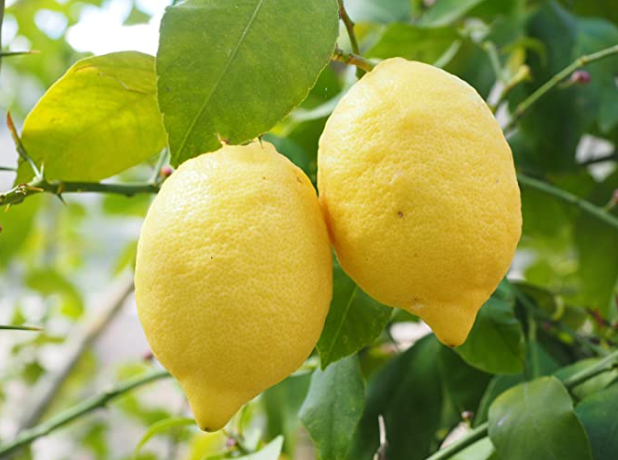The "Taiwan Lemon" primarily refers to Citrus depressa, also known as Hirami Lemon or Shiikuwasha. It's distinct from common lemons (Citrus limon) and is often categorized more closely with kumquats due to its characteristics.
Taiwan Gauva
Appearance: Small, oval-shaped fruit, typically resembling miniature oranges or large kumquats. The skin is thin, smooth, and vibrant, ranging from bright orange to yellow-orange when ripe.
Size: Much smaller than standard lemons, usually the size of a large olive or a small kumquat (approx. 25-60 grams per fruit).
Flavor Profile: This is its most unique feature:
Skin: The peel is notably sweet and edible, unlike the bitter rind of most true lemons.
Flesh/Juice: The pulp and juice are tart and slightly bitter, creating a delightful sweet-tart combination when the fruit is eaten whole. It's highly aromatic, with a pronounced floral fragrance.
Juice Content: While small, the fruits yield a good amount of juice, which is very acidic.
Seeds: Typically contains seeds, which are large and black.
Size: Taiwan Lemon trees are generally small and compact, typically reaching a height of 3-5 meters (10-16 feet) as small trees.
Growth Habit: Moderate growth rate, forming a bushy and often thorny tree with dense foliage..
Fruiting Period: One of its most appealing traits is its extended and often continuous fruiting habit. Once established (typically 1-2 years after planting a young tree), it can flower and bear fruit almost year-round in suitable tropical and subtropical climates.
Yield: Known for high productivity, capable of producing 200+ fruits per tree per year.
The Taiwan Lemon offers a unique sensory experience with its sweet peel and tart flesh, making it a versatile and increasingly valuable citrus crop.

















